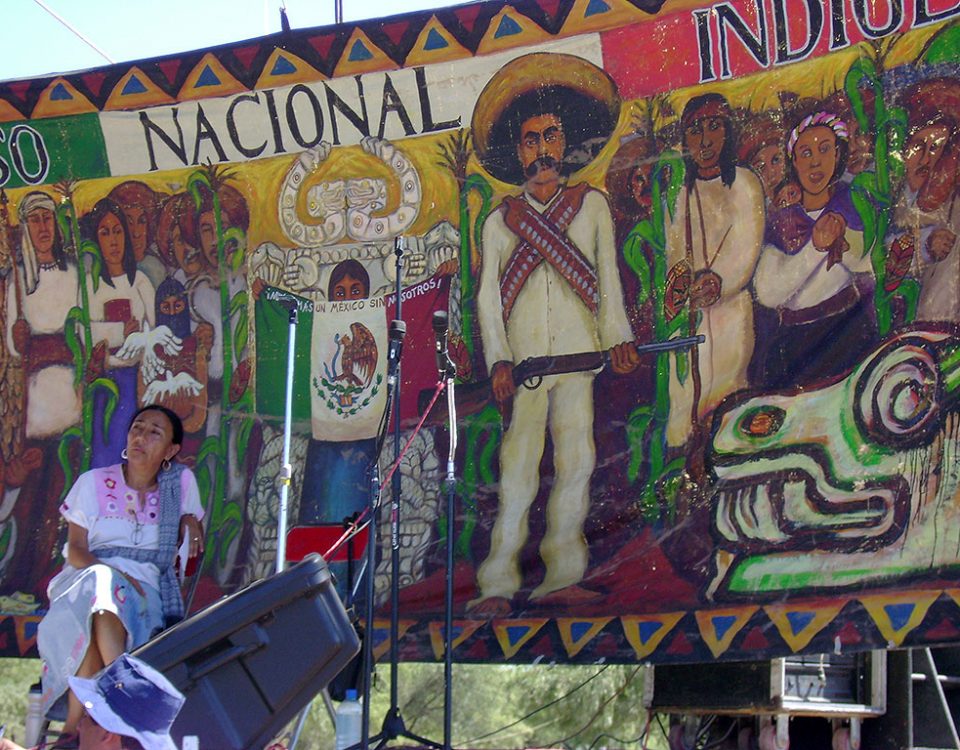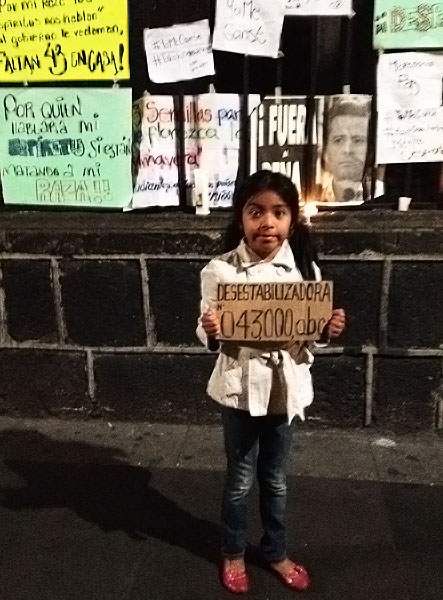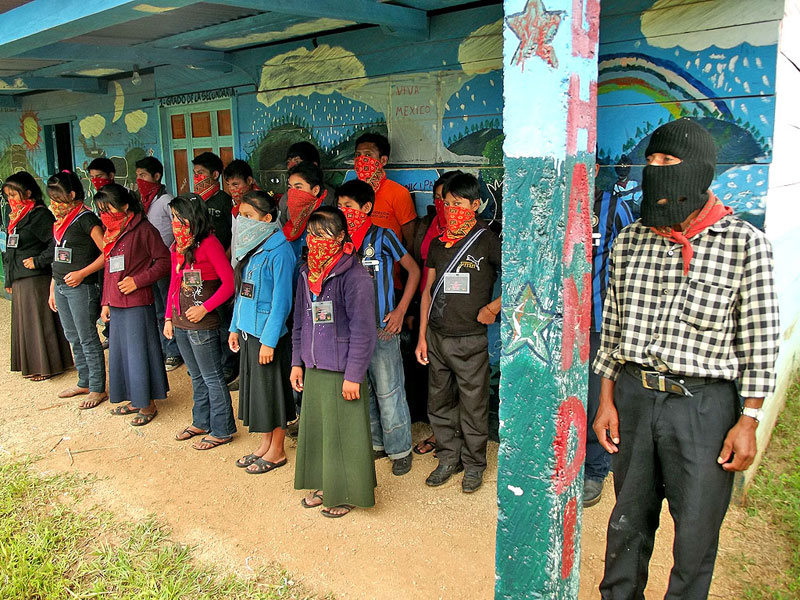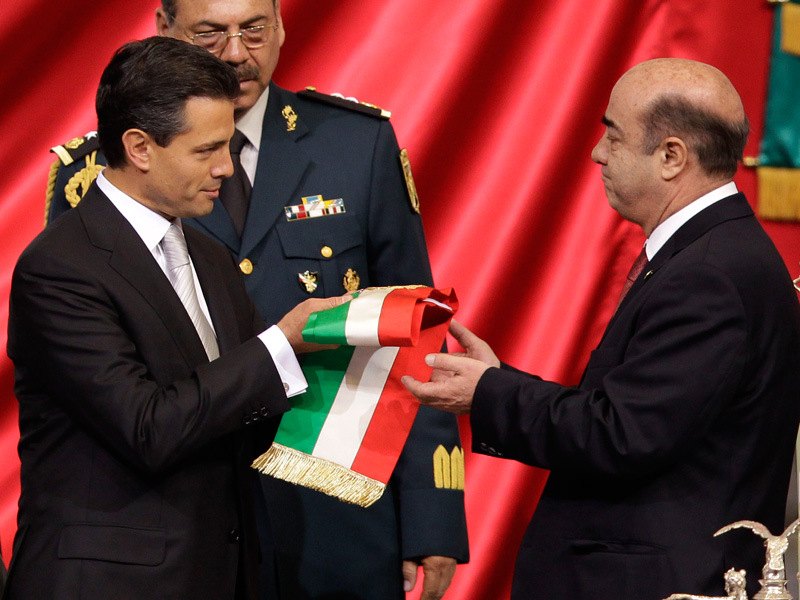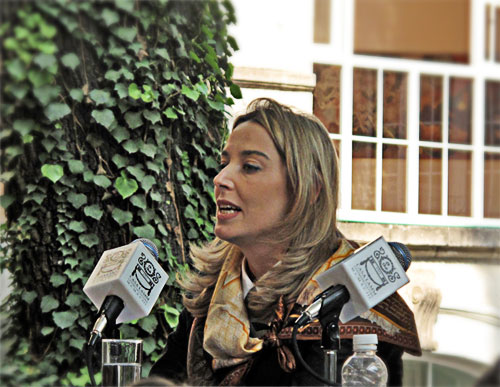
ANALYSIS : Progress, stagnation or deterioration?
30/12/2010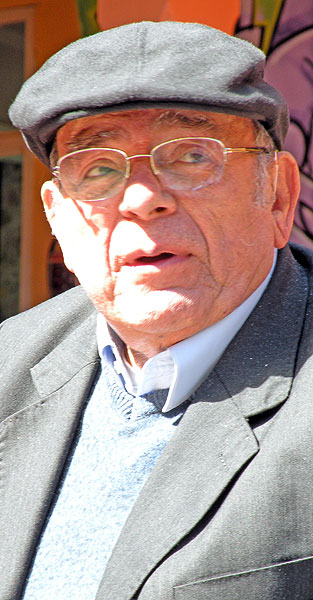
ARTICLE : BEYOND CHIAPAS – The legacy of Don Samuel Ruiz García (1924-2011)
28/02/2011While there is growing talk of “war in Mexico” both within and outside the country, this refers not to the unresolved armed conflict in Chiapas, but to the bloody toll of violence following Felipe Calderon’s declaration of war on drug traffickers at the beginning of his six year presidency. There have been around 30,000 deaths in this period, with 10,000 alone in 2010, a significant number of those being civilians.
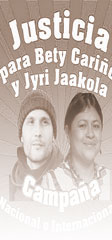 From the media, one can tell that while organised crime is not omnipresent in Chiapas as it is the north of the Republic, there is broad discontent with government policies across a broad swathe of society. However, this discontent is ignored to such an extent in the news that it is fair to talk of a “media blackout”. In turn, the state government has developed a strong presence in the local and national media. By providing a space for opposition voices, journalism has proved to be uncomfortable for the authorities, as illustrated by denunciations in July by the journalists Isaín Mandujano and Ángeles Mariscal, correspondents in Chiapas for the magazine Proceso and the Mexico City daily La Jornada respectively. They denounced the slander campaign organised against them, pointing out the active role in it played by media organisations dependent on the the state government. In November, in addition, the journalist Héctor Bautista was arrested, an act that has been interpreted as an attack on freedom of expression and part of a campaign of intimidation and repression on the part of the Chiapas government.
From the media, one can tell that while organised crime is not omnipresent in Chiapas as it is the north of the Republic, there is broad discontent with government policies across a broad swathe of society. However, this discontent is ignored to such an extent in the news that it is fair to talk of a “media blackout”. In turn, the state government has developed a strong presence in the local and national media. By providing a space for opposition voices, journalism has proved to be uncomfortable for the authorities, as illustrated by denunciations in July by the journalists Isaín Mandujano and Ángeles Mariscal, correspondents in Chiapas for the magazine Proceso and the Mexico City daily La Jornada respectively. They denounced the slander campaign organised against them, pointing out the active role in it played by media organisations dependent on the the state government. In November, in addition, the journalist Héctor Bautista was arrested, an act that has been interpreted as an attack on freedom of expression and part of a campaign of intimidation and repression on the part of the Chiapas government.
The limited coverage in the media of political and social conflicts in Chiapas appears to follow a logic: of cornering and criminalising the EZLN as well as protestors and human rights defenders in the state, twisting stories and facts, claiming conflicts are really about religious matters, or blurring the real issues in other ways. An example of this occurred in March, when the daily newspaper Reforma published an article in which a supposed ex-member of the EZLN “revealed” a supposed link betweent the EZLN and the Basque separatist organisation ETA.
In spite of rumours and expectations because of the symbolism of the year(1), and in spite of media attacks of the type mentioned, 2010 was marked by silence on the part of the Zapatista commanders, and by the absence of public events in Zapatista territories to mark key dates for the movement. In contrast, the different Zapatista Councils of Good Government continued to make public denunciations, in large part relating to territorial disputes. These denunciations were notable for their more strident tone (calling for resistance, at any cost), and for the higher casualty levels they recorded, including deaths, as happened for instance at Bolon Ajaw (Tumbalá municipality) in February, or at El Pozo (San Juan Cancuc municipality) in June. On 9 September, around 170 Zapatista supporters fled their community of San Marcos Avilés in the official municipality of Chilón in the face of threats and attacks by members of groups opposed to the building of an autonomous school in the area. They returned to the community on 12 October in spite of the ongoing tension. Through the course of the year, members of The Other Campaign also continued to denounce threats, provocations and attackes (in Mitzitón and San Sebastián Bachajón for example).
Even though the state government continues trying to present the image of an administration commited to the UN’s Millennium Development Goals, communal conflicts continue to take place. Their origins lie in the implementation of the government’s economic projects, or in the divisions generated from the political differences between groups in resistance and those supporting the government, or from the municipal elections held in July.
Another area of worry continues to be the growing criminalisation of human rights defenders through surveillance, harassment, threats and searching of homes, among other things. An example occurred on 25 February in the city of San Cristóbal de Las Casas, when Margarita Martínez was arbitrarily deprived of her liberty by unidentified persons. They hit her and threatened her, insisting that she retract the legal denunciation she had made several months earlier against various Chiapas government officials. These events occurred less than 35 hours after reporting a break-in at her home in Comitán de Domínguez in 2009. On 24 November, in a new attack against her, Margarita Martínez was intercepted by two unknown persons who threatened to kill her, at the same time demanding that she relate threats against the staff of the Fray Bartolomé de Las Casas Centre for Human Rights.
In the same light, it should be emphasised that attacks have been directed increasingly against intermediate parties, those that might serve as a “buffer” during moments of conflict, including churches (for example in the case of the parish priest of Chicomuselo who received death threats for taking the side of communities opposed to mining operations) and non-governmental organisations (as with the director of the Digna Ochoa Centre for Human Rights in the city of Tonalá, who faced a police investigation for the crime of “attacking a public highway”, for having been present as a human rights observer during a demonstration by the Autonomous Regional Council of the Coastal Zone in April of the same year).
At a national level Mexico has been severely criticised for its human rights record, not only by NGOs but also by multilateral organisations like the Organization of American States, the United Nations, the United States Government and the European Parliament. In November, the Office of the United Nations High Commissioner for Human Rights published the results of its report on the situation facing human rights defenders in Mexico, in which it identified the states of Chihuahua, Chiapas, Oaxaca and Guererro as those heading the list of attacks. In a more general sense, a significant deterioration in the situation was notable in the most emblematic case of 2010 when a caravan of observers was attacked on 27 April in the village of La Sabana. In the attack Beatriz Alberta Cariño Trujillo, director of the Working Together Centre for Community Support (CACTUS) and Jyri Jaakkola, a Finnish international observer were both killed.
In contrast, at the end of June, a long term campaign of political mobilisation and lobbying by members of the Peoples Front in Defence of the Land in San Salvador Atenco came to an end. Twelve prisoners from the organisation were finally freed, four years after having been imprisoned following a confrontation with municipal, state and federal police in May 2006.
…
(1) 2010 marked the centenary of the start of the Mexican Revolution and the bi-centenary of the struggle for independence from Spain (Return…)

